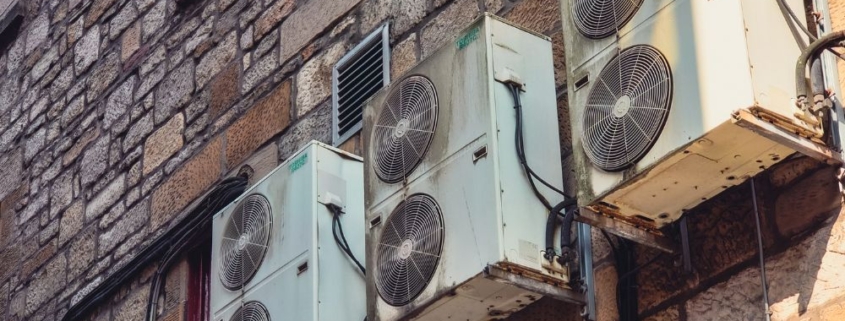Lights Flicker When AC Turns On
Experiencing lights flickering when an air conditioner starts can indicate electrical issues or normal operational effects. Understanding the causes and solutions helps maintain home safety and ensures efficient AC performance.
Causes of Lights Flickering When AC Turns On
Air conditioners require a surge of power when the compressor starts. This sudden demand can cause a brief voltage drop in the home’s electrical system. Standard household circuits are designed to handle minor fluctuations, but noticeable flickering may occur if the AC draws a significant amount of electricity relative to the circuit’s capacity.
Another common cause is overloaded circuits. If multiple high-power appliances, such as refrigerators, water heaters, or electric ovens, are operating on the same circuit as the AC, the combined load can cause lights to dim or flicker temporarily. This is especially noticeable with older homes that have wiring designed for lower amperage.
Loose or faulty wiring is another potential factor. Connections in the breaker panel, outlets, or junction boxes that are not secure can create resistance, leading to flickering when high-demand appliances like AC units start. Corroded or damaged wires can amplify this issue, posing both performance and safety concerns.
How to Prevent Flickering
Proper electrical planning can reduce or eliminate flickering. Ensuring that the AC has a dedicated circuit with adequate amperage capacity is essential. Most residential central AC units require a 30–60 amp circuit, depending on their size and power rating. Window units typically require a 15–20 amp circuit.
Routine electrical maintenance is also important. Checking for loose connections in the breaker panel, outlets, and wiring can prevent voltage drops. Replacing old or damaged wires ensures consistent power delivery to the AC and other appliances.
Using a soft-start AC system can help reduce the initial power surge. These systems gradually ramp up the compressor motor, minimizing voltage drops and preventing lights from flickering. Additionally, ensuring that high-power appliances are spread across different circuits helps balance the load in the electrical system.
Potential Safety Concerns
Persistent flickering can indicate underlying electrical issues. Overloaded circuits, loose connections, or damaged wiring increase the risk of electrical fires. It is important to have a licensed electrician inspect the home’s electrical system if flickering occurs frequently or lasts longer than a few seconds when the AC starts.
Ignoring electrical problems can damage the AC unit and other sensitive electronics. Voltage fluctuations can shorten the lifespan of appliances and cause intermittent failures. Addressing flickering promptly helps maintain both safety and equipment reliability.
FAQ
Is it normal for lights to flicker when an AC starts?
A brief flicker lasting one or two seconds is often normal due to the compressor’s initial power draw.
What should I do if lights flicker constantly with AC use?
Constant flickering indicates potential electrical issues. Contact a licensed electrician to inspect wiring, breakers, and circuits.
Can flickering damage my electronics?
Frequent voltage fluctuations can reduce the lifespan of electronic devices and sensitive appliances. Surge protection can help mitigate damage.
Should my AC have a dedicated circuit?
Yes. Most central AC units require a dedicated 30–60 amp circuit to prevent voltage drops and ensure safe operation.
Can soft-start systems prevent flickering?
Yes. Soft-start AC systems reduce the initial power surge, minimizing flickering and protecting the electrical system.
Conclusion
Lights flickering when an AC turns on is often caused by the compressor’s high initial power demand, overloaded circuits, or loose wiring. Ensuring a dedicated circuit with sufficient amperage, maintaining secure electrical connections, and considering soft-start systems can reduce or eliminate flickering. Persistent issues should be addressed by a licensed electrician to maintain home safety and protect appliances. Correct electrical setup ensures consistent AC operation, prevents damage to electronics, and provides a safe and comfortable indoor environment.



